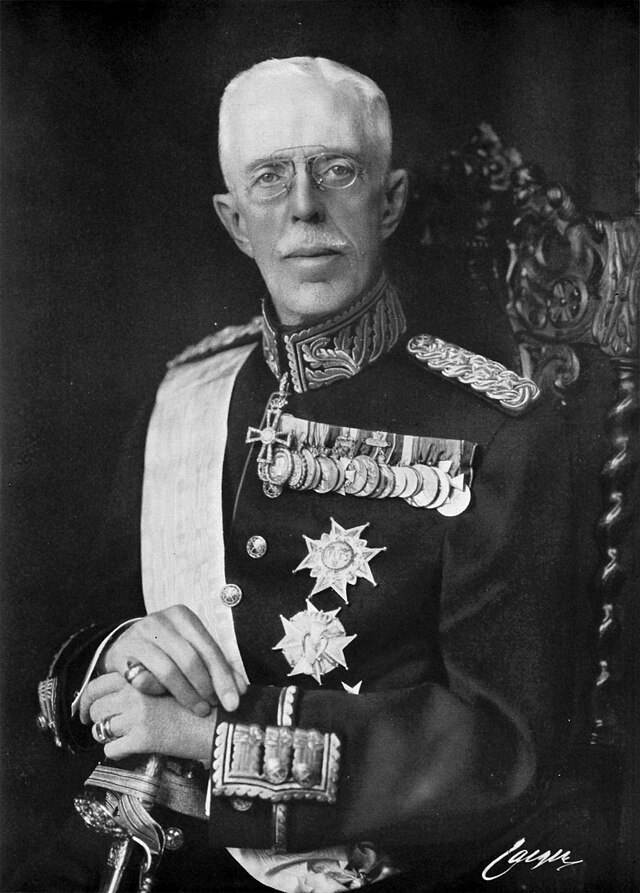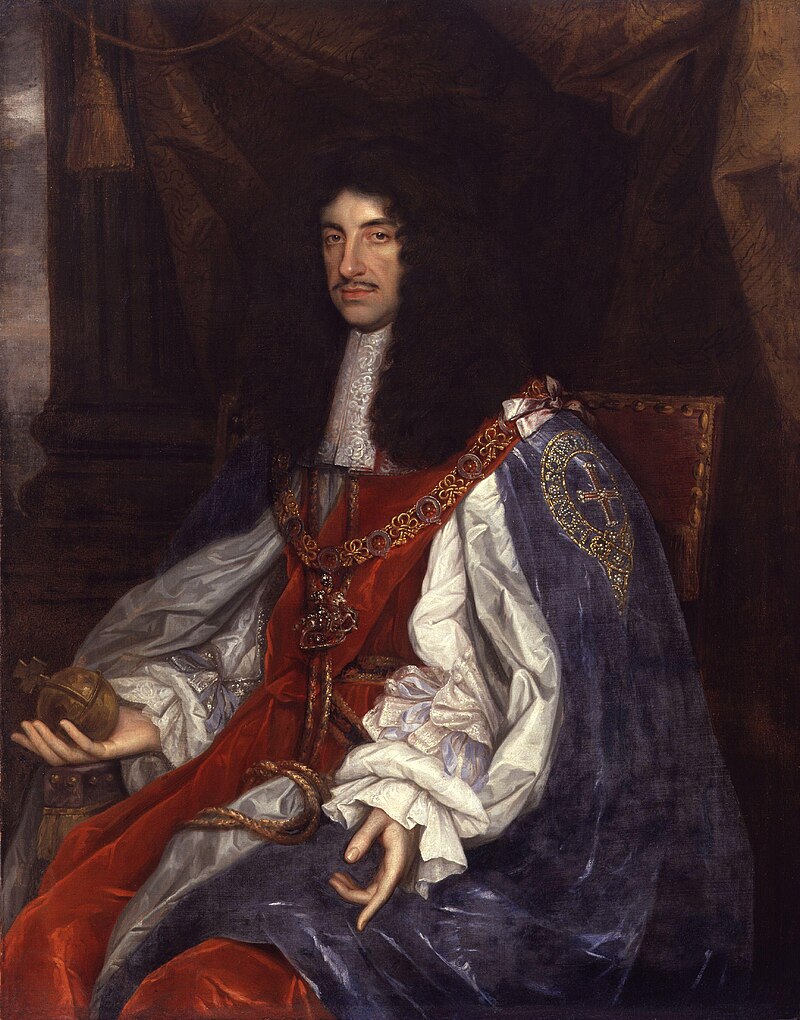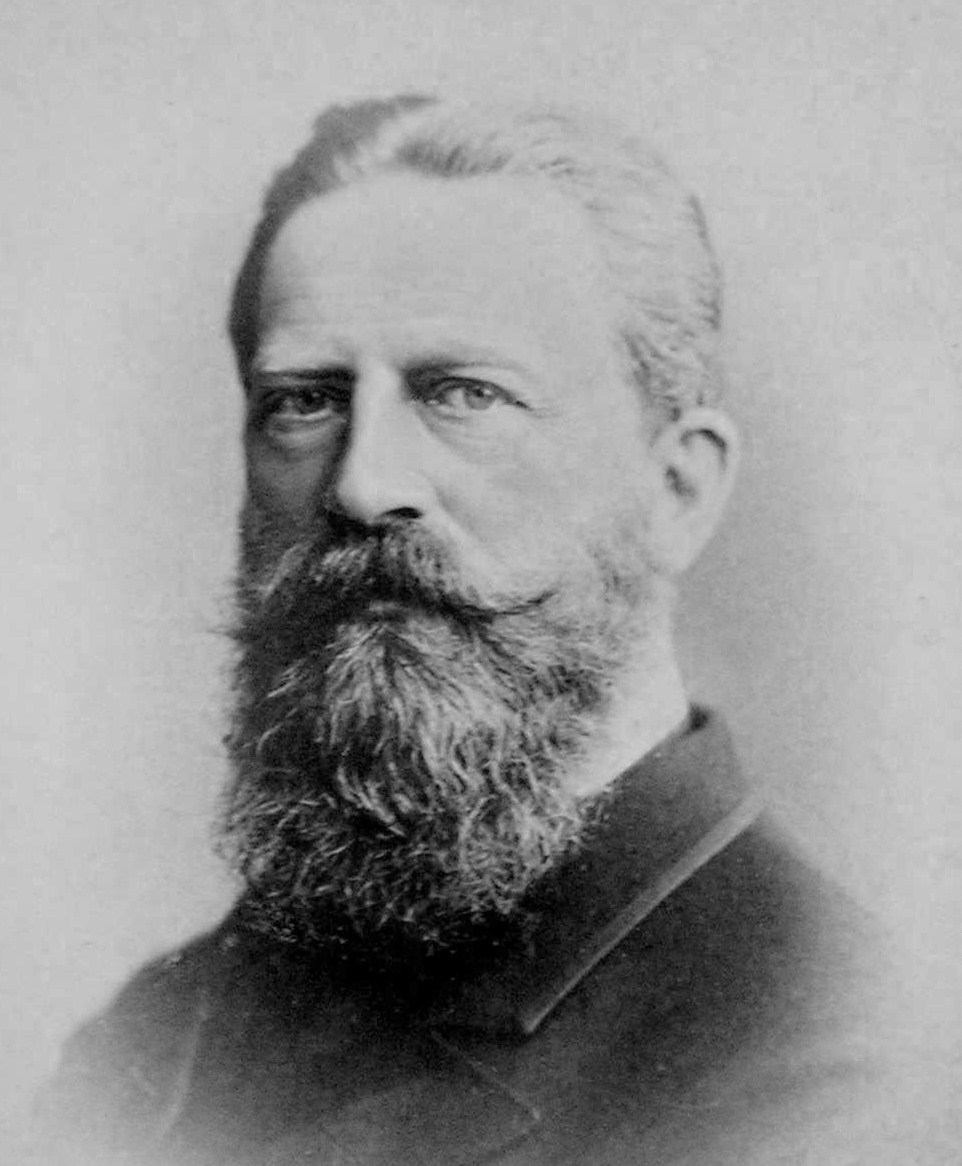© Unofficial Royalty 2024

Sophia of Württemberg, Queen of the Netherlands; Credit – Wikipedia
June 17, 1239 – Birth of King Edward I of England at the Palace of Westminster in London, England
Edward I’s relentless, but unsuccessful campaign to assert his overlordship over Scotland was resisted by William Wallace and Robert the Bruce, (later King Robert I of Scotland) but it gave him one of his nicknames, “Hammer of the Scots,” which was inscribed on his tomb. In 1296, Edward I captured the Stone of Scone, an oblong block of red sandstone that was used for centuries in the coronation of the monarchs of Scotland. Edward had the Stone of Scone taken to Westminster Abbey, where it was fitted into a wooden chair, known as King Edward’s Chair, on which most subsequent English monarchs have been crowned. In 1996, 700 years after it was taken, the Stone of Scone was returned to Scotland. It is kept at Edinburgh Castle in the Crown Room alongside the crown jewels of Scotland (the Honours of Scotland) when not being used at coronations.
Unofficial Royalty: King Edward I of England
June 17, 1682 – Birth of King Karl XII of Sweden at Tre Kronor Castle which was on the site of the present Royal Palace in Stockholm, Sweden
Karl XII became King of Sweden at the age of fifteen in 1697 upon the death of his father Karl XI, King of Sweden and reigned for twenty-one years. Karl never married. For almost all of his reign, Karl XII led Sweden in the Great Northern War (1700 – 1721). He acted as the general of the army and achieved significant success for several years. In 1718, Karl once again invaded Norway by laying siege to Fredriksten Fortress. On December 11, 1718, while in the trenches close to the perimeter of Fredriksten Fortress, 36-year-old Karl was hit in the head by a projectile that entered the left side of his skull and exited on the right side of his skull, instantly killing him.
Unofficial Royalty: King Karl XII of Sweden
June 17, 1814 – Birth of Anne Murray, Duchess of Atholl, Queen Victoria’s Mistress of the Robes 1852–1853, Acting Mistress of the Robes 1892–1895, and Lady of the Bedchamber 1854–1897, at the family home on Princes Street in Edinburgh, Scotland
Born Anne Home-Drummond, the daughter of Henry Home-Drummond, a Scottish politician, she married George Murray, 6th Duke of Atholl.
Unofficial Royalty: Anne Murray, Duchess of Atholl
June 17, 1818 – Birth of Sophie of Württemberg, Queen of the Netherlands, first wife of King Willem III of the Netherlands, at Ludwigsburg Palace in Stuttgart, Kingdom of Württemberg, now in Baden-Württemberg, Germany
Sophie was the first wife of King Willem III of the Netherlands. They had three sons, all of whom had no children and predeceased their father. The marriage of Sophie and Willem was ultimately unsuccessful. Willem had numerous extramarital affairs and had numerous illegitimate children. Sophie let him know that she thought him inferior to her and unfit to serve as king. She was convinced that she could do better ruling the country as regent. Sophie tried to divorce her husband, but because of national interests, this was impossible. In 1855, an agreement was made that Sophie would have her own quarters at Noordeinde Palace and that she would spend the summers at Huis ten Bosch Palace without her husband. After Sophie’s death, Willem III married the much younger Emma of Waldeck-Pyrmont and they had one child, Queen Wilhelmina of the Netherlands.
Full name: Sophia Frederika Mathilde
Unofficial Royalty: Sophie of Württemberg, Queen of the Netherlands
June 17, 1882 – Birth of Adolf Friedrich VI, Grand Duke of Mecklenburg-Strelitz, in Neustrelitz, Grand Duchy of Mecklenburg-Strelitz, now in Mecklenburg-Vorpommern, Germany
Full name: Adolf Friedrich Georg Ernst Albert Eduard
Before becoming Grand Duke, Adolf Friedrich spent several summers living in the United Kingdom, and developed a strong love for the country, likely influenced by his grandmother, who was born Princess Augusta of Cambridge and was a granddaughter of King George III of the United Kingdom. Adolf Friedrich took every opportunity to visit the United Kingdom and often represented his father and grandfather at official functions, such as the funerals of Queen Victoria and King Edward VII, and the coronations of King Edward VII and King George V. Adolf Friedrich VI left his home on the evening of February 23, 1918, to take his dog for a walk. The following morning, his body was found in a nearby canal with a gunshot wound to his head. He left behind a suicide note which suggested that a woman was attempting to smear his name. However, his close friend, Princess Daisy of Pless suggested that he had developed severe depression over the war and the loss of his beloved grandmother.
Unofficial Royalty: Adolf Friedrich VI, Grand Duke of Mecklenburg-Strelitz
June 17, 1884 – Birth of Prince Wilhelm, Duke of Södermanland, the second of the three sons of King Gustaf V of Sweden, at Tullgarn Palace in Södermanland, Sweden
Full name: Carl Wilhelm Ludvig
Wilhelm had an unsuccessful marriage to Grand Duchess Maria Pavlovna of Russia, a granddaughter of Alexander II, Emperor of All Russia and the only daughter and the eldest of the two children of Grand Duke Paul Alexandrovich of Russia and Princess Alexandra of Greece and Denmark. When Maria Pavlovna was only seventeen months old, her mother died shortly after giving premature birth to her second child. After her marriage, Maria was homesick in a strange country where the royal court was even more formal than the Russian court. Maria left her husband and son and returned to Russia which caused a great scandal in Sweden. Her marriage was officially dissolved and then confirmed by an edict issued by Nicholas II, Emperor of All Russia.
Unofficial Royalty: Prince Wilhelm, Duke of Södermanland
This article is the intellectual property of Unofficial Royalty and is NOT TO BE COPIED, EDITED, OR POSTED IN ANY FORM ON ANOTHER WEBSITE under any circumstances. It is permissible to use a link that directs to Unofficial Royalty.












